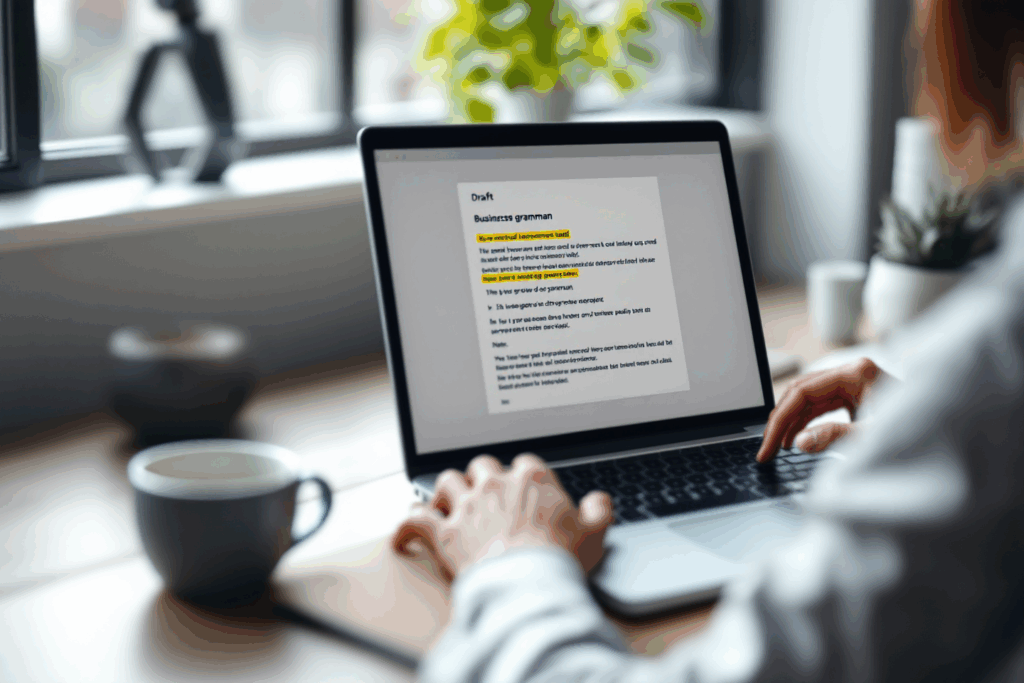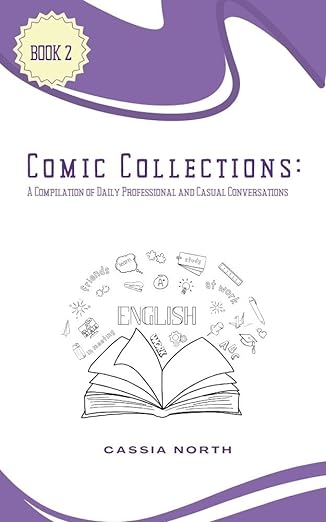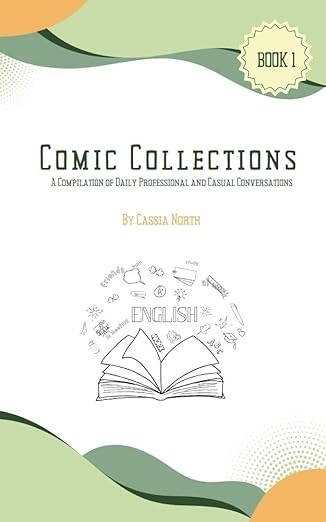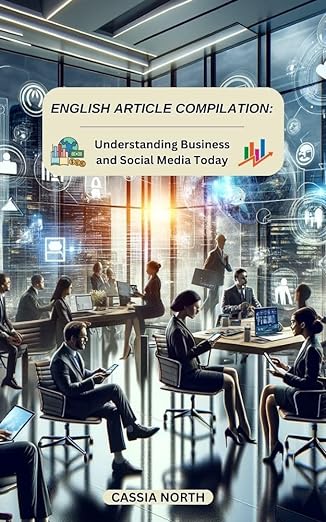
English Blogs
"Let's Learn, Explore, and Connect to the World"
Past Perfect Tense 6
- Cris Flores
- Basic English Grammar Blog

VI. Expanding Your Practice with the Past Perfect Tense
Mastering the Past Perfect Tense is a journey that involves consistent practice and application in various contexts. To truly integrate this aspect of English grammar into your language repertoire, it’s important to continuously expand your practice and seek new learning opportunities. This section offers strategies to deepen your understanding and use of the Past Perfect Tense.
1. Immersive Reading and Listening

Engage with English literature, movies, and podcasts that use a variety of tenses. Pay special attention to the use of the Past Perfect:
Literature: Classic and modern English literature often employs the Past Perfect for flashbacks or to discuss events before a certain point in the story.
Movies and Series: Films and series that play with time, such as those featuring flashbacks, are excellent for observing the Past Perfect in action.
Podcasts: History and true crime podcasts frequently use the Past Perfect when recounting events.
2. Writing Exercises

Regular writing practice can significantly improve your grasp of the Past Perfect:
Journaling: Write about past experiences, focusing on events that happened before key moments in your life.
Storytelling: Create stories that involve flashbacks or non-linear narratives, using the Past Perfect to describe earlier events.
Essay Writing: Write essays on historical events, using the Past Perfect to detail events leading up to significant moments.
3. Conversational Practice

Incorporate the Past Perfect into your speaking practice:
Language Exchanges: Engage in language exchange sessions where you can practice recounting past experiences using the Past Perfect.
Role-playing: Create scenarios with friends or fellow learners that require the use of the Past Perfect, such as detective stories or historical debates.
4. Grammar Challenges

Test your understanding and application of the Past Perfect with targeted grammar challenges:
Online Quizzes and Exercises: Complete exercises focused on the Past Perfect to test your knowledge and identify areas for improvement.
Peer Challenges: Challenge a study partner to create sentences or stories using the Past Perfect, then provide each other with feedback.
5. Reflective Learning

Reflect on your use of the Past Perfect to identify patterns and areas for growth:
Self-Review: Regularly review your written and spoken English to identify correct and incorrect uses of the Past Perfect.
Feedback: Seek feedback from teachers, tutors, or native speakers on your use of the Past Perfect and incorporate their suggestions.
6. Cultural and Historical Exploration

Learning about history and culture can provide context for using the Past Perfect:
Historical Documents and Biographies: Read historical documents, biographies, and autobiographies that provide insights into past events and cultures.
Cultural Studies: Engage with cultural studies that require a deep dive into past events and practices, using the Past Perfect to describe these events and their precursors.
By employing these strategies, you can significantly enhance your understanding and use of the Past Perfect Tense. Continuous practice, coupled with a proactive approach to learning, will enable you to use this tense confidently and accurately, enriching your English communication skills.
Latest Blogs

Present Simple Tense 1
English Blogs “Let’s Learn, Explore, and Connect to the World” Present Simple Tense 1 I. Introduction to the Present Simple Tense in English Mastering the

Present Simple Tense 2
English Blogs “Let’s Learn, Explore, and Connect to the World” Present Simple Tense 2 II. Understanding the Present Simple Tense Definition and Structure At its
Reading comprehension quiz
Check out our books and more!
Comic Collections : A Compilation of Daily Professional and Casual Conversations (Book 2)
Master conversation with ‘Comic Collections’ (Book 2) by Cassia North. A fun, insightful guide to professional and casual communication, packed with engaging comics and practical tips for every interaction!
Check out our Blogs!
Read our everyday blogs and gain new knowledge, skills, and inspiration to support your learning journey here in SEKAEL.


Explore Mental Health Blogs to gain insights and tips on self-care, emotional balance, and personal well-being.








 Mastering the Past Perfect Tense not only improves your grammatical precision but also enhances your storytelling and analytical skills. However, proper usage requires awareness of common pitfalls and the application of practical strategies. This section will help you navigate the complexities of the Past Perfect, ensuring clear and effective communication.
Mastering the Past Perfect Tense not only improves your grammatical precision but also enhances your storytelling and analytical skills. However, proper usage requires awareness of common pitfalls and the application of practical strategies. This section will help you navigate the complexities of the Past Perfect, ensuring clear and effective communication.


 By adhering to these tips and being mindful of common mistakes, you can effectively integrate the Past Perfect Tense into your English usage. This will enable you to convey time relationships between past events more clearly and enhance your overall communication skills.
By adhering to these tips and being mindful of common mistakes, you can effectively integrate the Past Perfect Tense into your English usage. This will enable you to convey time relationships between past events more clearly and enhance your overall communication skills.








 Asking About Past Experiences: Use questions in the Past Perfect to inquire about experiences up to a certain point in the past. This can be particularly useful in interviews or historical discussions.
Asking About Past Experiences: Use questions in the Past Perfect to inquire about experiences up to a certain point in the past. This can be particularly useful in interviews or historical discussions. Clarifying Sequences of Events:
Clarifying Sequences of Events: Expressing Uncertainty or Denial:
Expressing Uncertainty or Denial:













 The Past Perfect Tense expresses the idea that one action was completed before another action or time in the past. It’s a retrospective view, looking back from a certain point in the past to an even earlier moment. This aspect is crucial for understanding the tense’s purpose: it situates one past event in relation to another, offering a timeline of events where the sequence is significant.
The Past Perfect Tense expresses the idea that one action was completed before another action or time in the past. It’s a retrospective view, looking back from a certain point in the past to an even earlier moment. This aspect is crucial for understanding the tense’s purpose: it situates one past event in relation to another, offering a timeline of events where the sequence is significant. Timing is everything with the Past Perfect Tense. Unlike the Simple Past, which merely states that something happened, the Past Perfect goes a step further to indicate that an action was completed before another past action or time. This distinction is essential for creating clear, unambiguous narratives or explanations.
Timing is everything with the Past Perfect Tense. Unlike the Simple Past, which merely states that something happened, the Past Perfect goes a step further to indicate that an action was completed before another past action or time. This distinction is essential for creating clear, unambiguous narratives or explanations. The Past Perfect is often used in conjunction with the Simple Past to narrate stories or describe sequences of events. It sets the backdrop for actions, conditions, or situations that had occurred up to a certain point in the past. Understanding this contextual usage is key to employing the Past Perfect effectively.
The Past Perfect is often used in conjunction with the Simple Past to narrate stories or describe sequences of events. It sets the backdrop for actions, conditions, or situations that had occurred up to a certain point in the past. Understanding this contextual usage is key to employing the Past Perfect effectively. Learners often confuse the Past Perfect with the Simple Past due to misunderstandings about timing and sequence. A common mistake is using the Past Perfect without a clear reference point in the past. It’s crucial to ensure that there is another action or time frame to compare with when using this tense.
Learners often confuse the Past Perfect with the Simple Past due to misunderstandings about timing and sequence. A common mistake is using the Past Perfect without a clear reference point in the past. It’s crucial to ensure that there is another action or time frame to compare with when using this tense.


 The Past Perfect Tense is an indispensable aspect of English grammar that enables speakers and writers to express sequential past events with clarity, precision, and sophistication.
The Past Perfect Tense is an indispensable aspect of English grammar that enables speakers and writers to express sequential past events with clarity, precision, and sophistication.  This tense enriches your language, allowing for a more profound exploration of time, causality, and perspective, which is essential for engaging and captivating your audience. The Past Perfect is particularly vital for advanced storytelling, historical narration, and expressing regrets or conditions regarding past occurrences, as it helps to create a clear timeline and establishes the relationship between events.
This tense enriches your language, allowing for a more profound exploration of time, causality, and perspective, which is essential for engaging and captivating your audience. The Past Perfect is particularly vital for advanced storytelling, historical narration, and expressing regrets or conditions regarding past occurrences, as it helps to create a clear timeline and establishes the relationship between events. Mastering this tense will not only improve your grammar skills but also enhance your ability to communicate effectively in a wide range of contexts. In the following sections, we will dive deep into the intricacies of the Past Perfect Tense, exploring its formation, uses, and key considerations for effective application.
Mastering this tense will not only improve your grammar skills but also enhance your ability to communicate effectively in a wide range of contexts. In the following sections, we will dive deep into the intricacies of the Past Perfect Tense, exploring its formation, uses, and key considerations for effective application. By mastering the Past Perfect Tense, you can unlock a new level of linguistic precision and expressiveness, bringing clarity and depth to your recounting of past events and impressing your audience with your advanced language skills.
By mastering the Past Perfect Tense, you can unlock a new level of linguistic precision and expressiveness, bringing clarity and depth to your recounting of past events and impressing your audience with your advanced language skills.